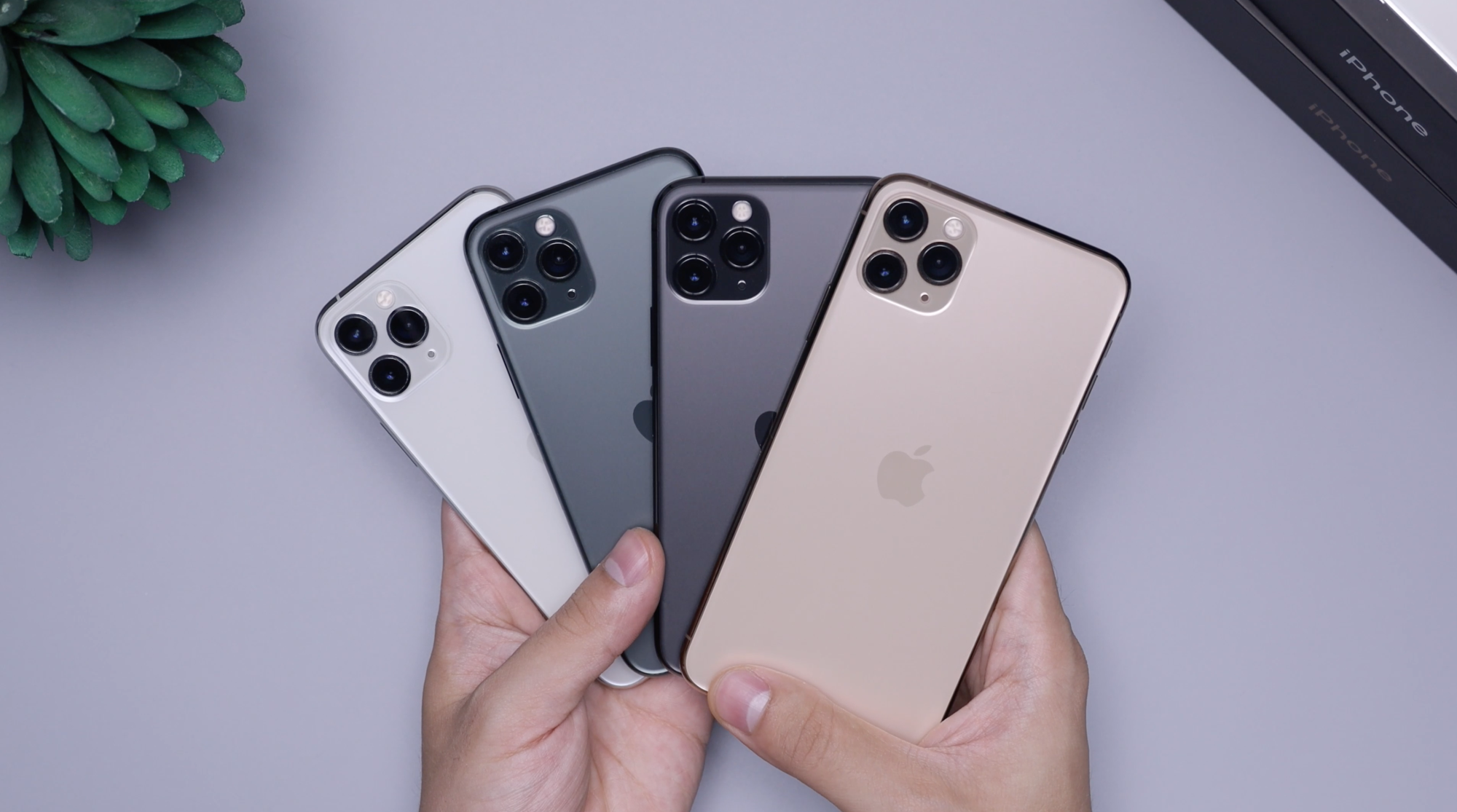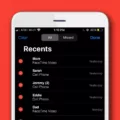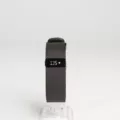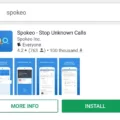The iPhone has become a staple in our everyday lives, making it easier for us to stay connected and organized. However, if your iPhone is disabled, it can be difficult to access your data and use the features you rely on. Fortunately, thee are a few steps you can take to enable a disabled iPhone and get back to using it as normal.
First, you need to identify why your iPhone is disabled. If you have entered the wrong passcode too many times in a row, then your device will becoe locked and disabled until the correct passcode is entered again. If this is the case, then all you need to do is enter the correct passcode when prompted and your device should be enabled again.
If you don’t know or have forgotten your passcode, then there are still some options available for enabling your device. You can try using iCloud or iTunes to reset the device back to its factory settings. This will erase all of the data stored on your device, so make sure that any important information is backed up first before proceeding with this option.

If neither of these solutions works for you, then you may need to contact Apple Support directly for assistance in unlocking your device. They will help guide you through the process of enabling your iPhone agan so that you can continue using it normally.
No matter what caused your iPhone to become disabled in the first place, there are solutions available that should help get it enabled again so that you can use it just like before. Remember to always back up any important data before making any changes or resetting any settings on your device just in case something goes wrong!
Getting an iPhone Out of Disabled Mode
If your iPhone or iPad is disabled, you’ll need to erase it and restore it with a backup. To do this, you’ll need to use either Finder, iTunes, iCloud, or Recovery Mode.
Using Finder: Connect your device to your computer, then open the Finder window. Select your device in the sidebar of the Finder window and click on “Erase” in the top riht corner. Then select “Restore from Backup” and follow the on-screen instructions.
Using iTunes: Connect your device to your computer, then open iTunes. Select your device in the side bar of iTunes and click on “Restore iPhone/iPad” in the top right corner. Then follow the instructions to restore from a backup or set up as new.
Using iCloud: Log into icloud.com from a web browser using your Apple ID informaton and navigate to Find My iPhone/iPad. Select the option for Erase This Device and then follow the instructions to restore from a backup or set up as new.
Using Recovery Mode: Connect your device to a computer with an Apple-approved lightning cable and force restart it by pressing both Home and Power buttons at once until you see the recovery mode screen appear on your device’s display. Once you see this screen, select Restore from iTunes in order to restore from a backup or set up as new.
Enabling an iPhone That Has Been Disabled Without iTunes
If your iPhone has been disabled without iTunes, you can use Apple’s Find My iPhone service to unlock it. To do this, firt download the Find My iPhone app on another device or go to iCloud.com and sign in with your Apple ID. Once you’re signed in, select the device that you want to unlock and click “Erase iPhone”. This will erase all content and settings on the phone, including its passcode, thus unlocking it. You can then set up the device as new or restore from a backup.
Unlocking an Unavailable iPhone
To unlock an unavailable iPhone, you will need to put your phone in recovery mode and connect it to iTunes on your computer. Once connected, a message window will pop up. From there, select the “Restore” option and wait for a few minutes wile it completes the restoration process. After the restoration is finished, your iPhone will restart and display the “Hello” screen, indicating that it has been unlocked successfully.
How Long Does an iPhone Remain Disabled?
Your iPhone will be disabled for up to 1 minute after six failed passcode attempts in a row. If you enter an incorrect passcode on the seventh attempt, it will be locked out for 5 minutes. On the eighth attempt, it will be locked out for 15 minutes, and on the tenth attempt it will be locked out for an hour.
Can Apple Unlock an Unavailable iPhone?
Yes, Apple can unlock an unavailable iPhone. It is possible to do this through iTunes or Finder on a Mac or PC. After connecting your iPhone to the computer and launching iTunes or Finder, you will need to sign in with your Apple ID. From there, you can restore your iPhone’s system and unlock it. Be aware that restoring your iPhone will erase all data on the device, so make sure that you have any important information backed up prior to restoring it.
Putting an iPhone in Recovery Mode
To put an iPhone in recovery mode, you’ll need to press and quickly release the volume down button. Then, press and hold the side button (on iPhone 7 and newer models) or the top (or side) and volume down buttons (on iPhone 6S and older models) until you see the recovery mode screen. The recovery mode screen will be displayed afer a few seconds and will feature an iTunes logo with a lightning cable. Once you see this, your iPhone is now in recovery mode.
Length of iPhone Security Lockout
Security lockout on an iPhone can last anywhere from 15 minutes to 1 hour between passcode attempts, depending on the number of failed attempts. After too many unsuccessful passcode attempts, your iPhone will lock you out completely and require you to wait one hour bfore attempting again. If you use Touch ID or Face ID, your phone won’t be locked out after multiple failed attempts.
What Are the Consequences of an iPhone Being Disabled?
When an iPhone is disabled, the device will no longer allow access to its data or features until it is unlocked with the correct passcode. The display will show a message indicatng that the device is disabled and needs to be unlocked. Depending on the settings, additional attempts to unlock the device may result in further restrictions, such as limiting unlock attempts or erasing all data after a certain number of incorrect attempts. For security purposes, it is best to keep your iPhone locked with a passcode at all times and avoid entering incorrect passcodes multiple times.
The Lasting Effects of a Disabled iPhone
No, an iPhone is not permanently disabled forever if you enter the wrong passcode. After entering the wrong passcode a few times, your iPhone will lock you out from attempting more codes for a short period of time. This should give you enogh time to remember the correct passcode or reset your device through iTunes or iCloud. If you continue to enter incorrect passcodes, however, your iPhone may eventually become permanently disabled and require a factory reset.
Number of Attempts Required to Disable an iPhone Permanently
If you make six incorrect passcode attempts, your iPhone will display the “iPhone is Disabled” message. After that, you will have one more chance to enter your correct passcode. If you fail to enter the correct passcode after seven attempts, your iPhone will be disabled forever and you will need to erase it with iTunes or contact Apple Support for help in restoring it.
Resetting an iPhone Without a Passcode
If you need to reset your iPhone witout a passcode, you can do so by connecting your phone to a computer and using iTunes. First, plug your iPhone into the computer and open iTunes. Then select “Summary” from the menu on the left. Select “Restore iPhone” and confirm your decision. Wait for the process to finish and then your iPhone will be reset without needing to enter a passcode.
What Does ‘IPhone Unavailable’ Mean?
IPhone Unavailable means that the iPhone has been locked due to too many failed attempts at entering the correct passcode. This is a security measure designed to protect your device and data. You will need to wait for a certain amount of time before you can try again, after which you will be asked to enter the correct passcode. If you are unable to remember your passcode, you may need to use recovery options provided by Apple in order to access your device again.
Factory Resetting an iPhone Using Buttons
To factory reset your iPhone with buttons, start by pressing and holding the Sleep/Wake and Home buttons together for at least 10 seconds, or until the Apple logo appears. Then, release both buttons. Your iPhone will start up as usual and take you through the setup process. During this process, you will be asked to choose a language and region, set up Wi-Fi networks, and create or enter your Apple ID. Once those steps are complete, you shuld be able to access all of the features on your phone as normal. If you choose to factory reset your device again in the future, simply repeat these steps.
Restoring an iPhone: Challenges and Solutions
There are several potential reasons why an iPhone won’t restore. The most common cause is a broken or faulty Lightning cable—try using a different cable, or one that is MFi-certified by Apple. Additionally, if you have recently updated your iPhone’s software, it may need to be unlocked before it can be restored. Other possible causes include incompatible software, insufficient storage space on the device, and an outdated version of iTunes.
Entering Recovery Mode
To enter recovery mode on your device, hold down the Power and Volume Down buttons together for a few seconds. When you see a triangle with an exclamation point in it on screen, use the Volume Down button to cycle through the options until you find Recovery mode and then press the Power button to load it.
Unlocking an iPhone When Locked on Security
If your iPhone is locked on security, the first thing you should do is wait out the timer. You will get a message that says “Security Lockout” on your screen and then you won’t be able to enter your passcode anymore. After the timer has expired, you can try entering your passcode again and hopefully gain access to your device.
If that doesn’t work, however, then you will need to reset your iPhone in order to regain access. Make sure you back up all of your data before doing this, as it will be erased when you reset the device. Once it’s reset, you can use the same Apple ID and password that was used on the device before the lockout in order to regain access.
Conclusion
The iPhone is a revolutionary device that has taken the world by storm. With its powerful processor, its intuitive user interface, and an array of features, it has become one of the most popular smartphones in the world. Its expansive app store offers a wide range of productivity and entertainment options, while its powerful cameras allow users to capture stunning photos and videos. In addition, its integration with other Apple products gives users a seamless experience across all their devices. Overall, the iPhone is an incredibly versatile device that offers something for everyone.








